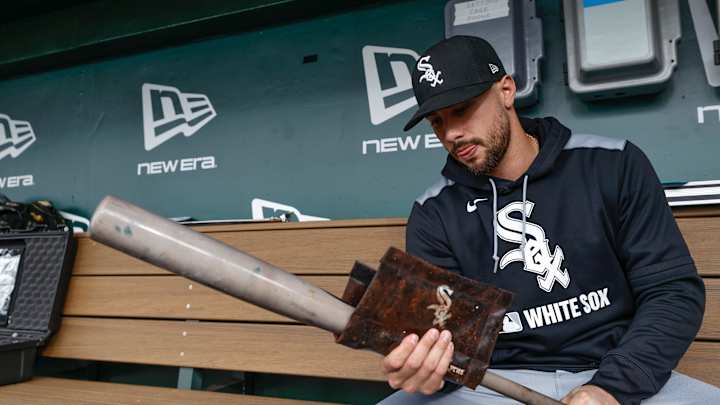SPORTS INFO DASH
Sports Info Dash is your all-in-one hub for real-time sports updates, live scores, in-depth match stats, player profiles, and breaking news across football, basketball, tennis, and more. Stay ahead with the latest in global sports action.
What Does DFA Mean in Baseball? Understanding DFA Baseball and Its Impact
Sports Info Dash
In Major League Baseball (MLB), the term "DFA baseball" comes up frequently during the season, especially when teams make quick decisions about roster spots. But what exactly does "designated for assignment" mean, and why does it matter to teams and players alike? In this article, we’ll break down what DFA baseball is, walk through real-life examples featuring Jacob Amaya of the White Sox, and explain its significance for clubs fighting to build the best roster.

Jacob Amaya's DFA baseball moment reflects the tough decisions teams face during roster management.
What Is DFA Baseball?
DFA stands for "Designated For Assignment." In DFA baseball, a player is removed from a team's 40-man roster to make room for another player or to restructure the squad. Once a player is designated for assignment, the team has seven days to trade him, release him, or, if he clears waivers, send him to the minor leagues. This process is complex, but it’s essential for teams looking to stay competitive and manage injuries or new signings.
Why Do Players Get Designated for Assignment?
Players are usually DFA’d when a team needs to clear space for new talent, address injuries, or move on from someone underperforming. It often means tough choices for both players and front offices. When a player is DFA’d, it isn’t necessarily the end of his career. Sometimes, he’ll end up with another team, or he might remain in the organization at the minor league level if he clears waivers.
Jacob Amaya: A Real DFA Baseball Example
The Chicago White Sox recently went through a notable DFA baseball moment with infielder Jacob Amaya. After a series of roster moves, Amaya was designated for assignment. This decision came as young talent began to join, and Amaya struggled to find success at the plate. In 68 plate appearances, his batting line was just .097, leading the club to seek new options (learn more at MLB Trade Rumors).
As highlighted in an article analyzing the White Sox roster, Amaya was seen as a smart defender but lacked offensive production (full story at South Side Showdown). The team ultimately decided to prioritize other infielders with more promise for the future.
What Happens After DFA in Baseball?
After a player has been DFA’d, he enters a period where teams may trade for him, claim him off waivers, or he might be outrighted to the minors if unclaimed. In Amaya’s case, there was uncertainty about whether he’d stay with the White Sox or move on. Eventually, he cleared waivers and was outrighted to Triple-A – a common outcome for players in similar situations. For more on Amaya’s White Sox career and the final roster decision, check out this summary on Sports Mockery.
The Importance of DFA Baseball in Roster Management
DFA baseball isn’t just about removing underperforming players; it’s about strategic roster management. By making these tough choices, teams are able to remain flexible, test out new talent, and respond to changing needs throughout a long season. For players, the DFA process is a test of resilience—a chance to bounce back or find a new home elsewhere in professional baseball.
Conclusion: Staying Updated on DFA Baseball Moves
Understanding DFA baseball helps fans appreciate the intricacies of roster moves and the pressures athletes face. Recent cases, like Jacob Amaya’s with the White Sox, show how quick changes can open doors for new players and reshape teams. If you want to see how DFA decisions unfold across MLB, keep an eye out for similar stories and expert breakdowns.
For those who follow the league closely, staying informed about DFA baseball can bring extra context to the ebbs and flows of your favorite team’s season. Watch for official announcements and analyses to see how these moves shape the game and the players’ careers.